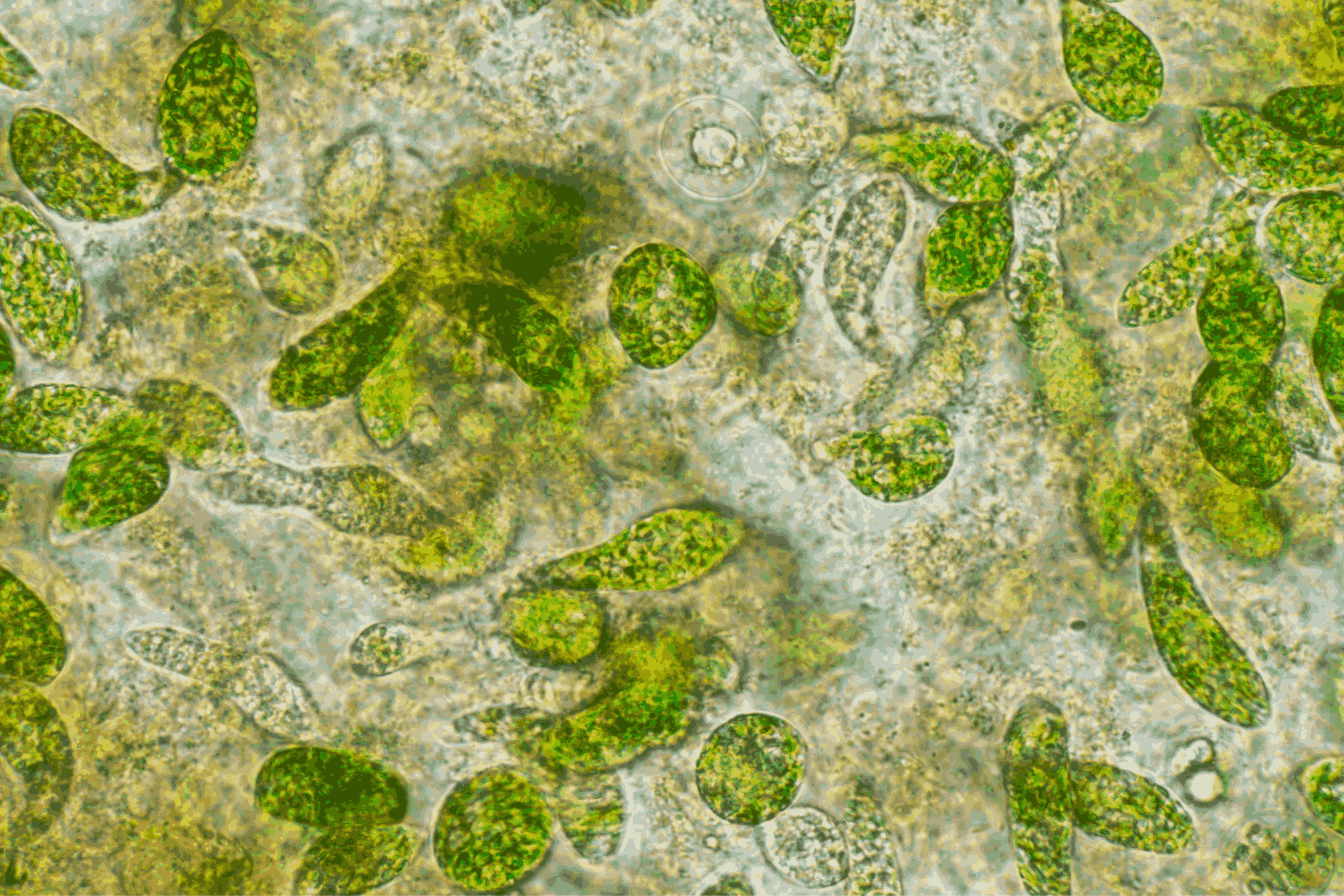Aquaculture has grown to provide millions with a cheap and accessible source of protein, and aquafeed has been instrumental in this growth. Yet, it comes with its own set of environmental issues that are rarely talked about.
Since the 1980s, the amount of seafood produced from capture fisheries has remained relatively stagnant (averaging 86-94 million tonnes/year)1. To provide protein for the world’s growing population, we have begun relying on aquaculture, where we breed, raise, and harvest fish, shellfish, and aquatic plants. The production of aquaculture products has steadily increased, in no small part thanks to the use of aquafeed.
Image: picture via Canva.com
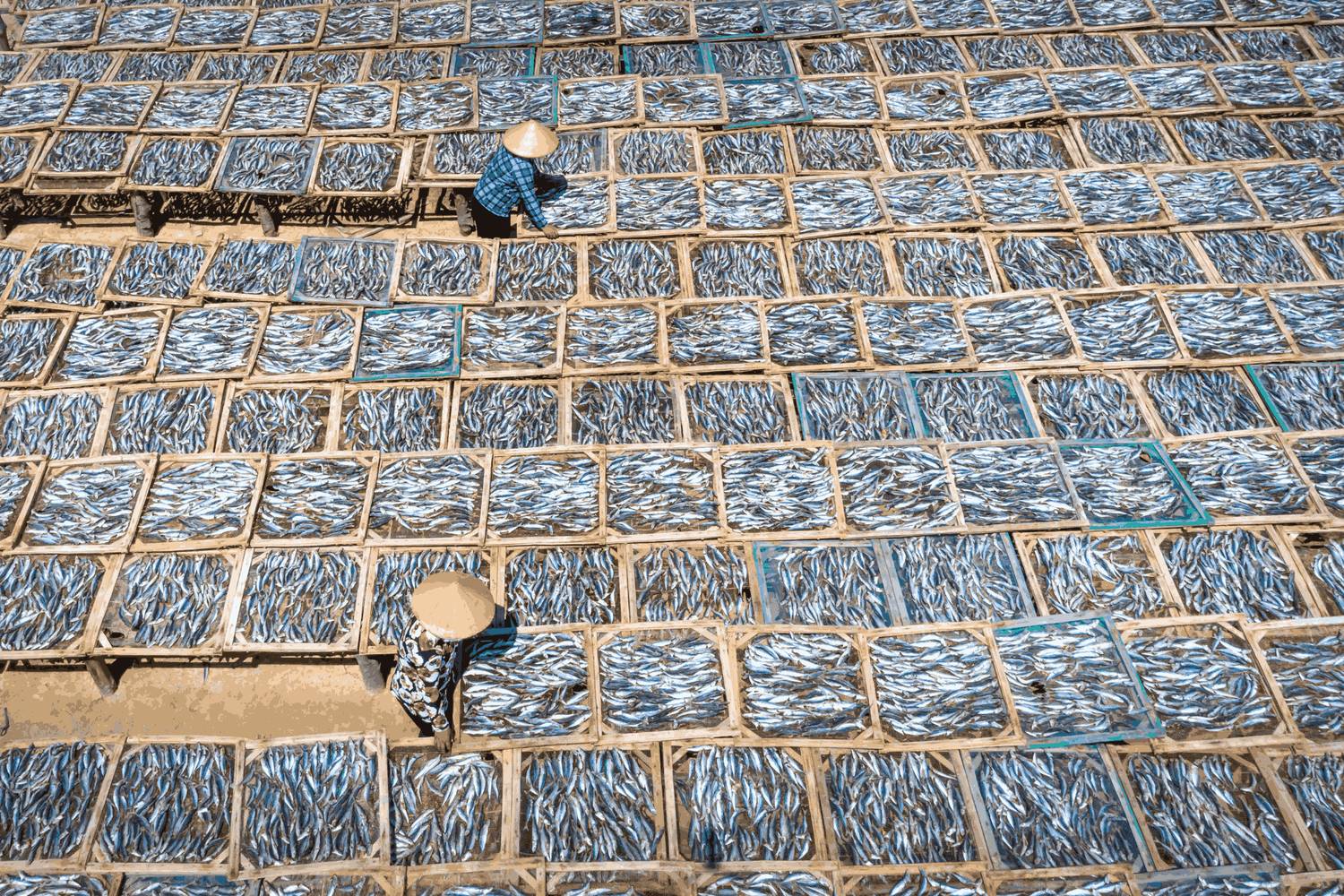
For the first time in history, aquaculture produced more food than captured fisheries in 2022, representing 51% of total seafood production. This trend will likely continue to increase by 17% within a decade2. Aquaculture has become a cornerstone of food security, and millions more lives will likely depend on it. This will likely increase demand for ever more aquafeed, placing a growing strain on ecosystem services.
Figure 1. Trends in world fisheries and aquaculture production (excludes algae). 3
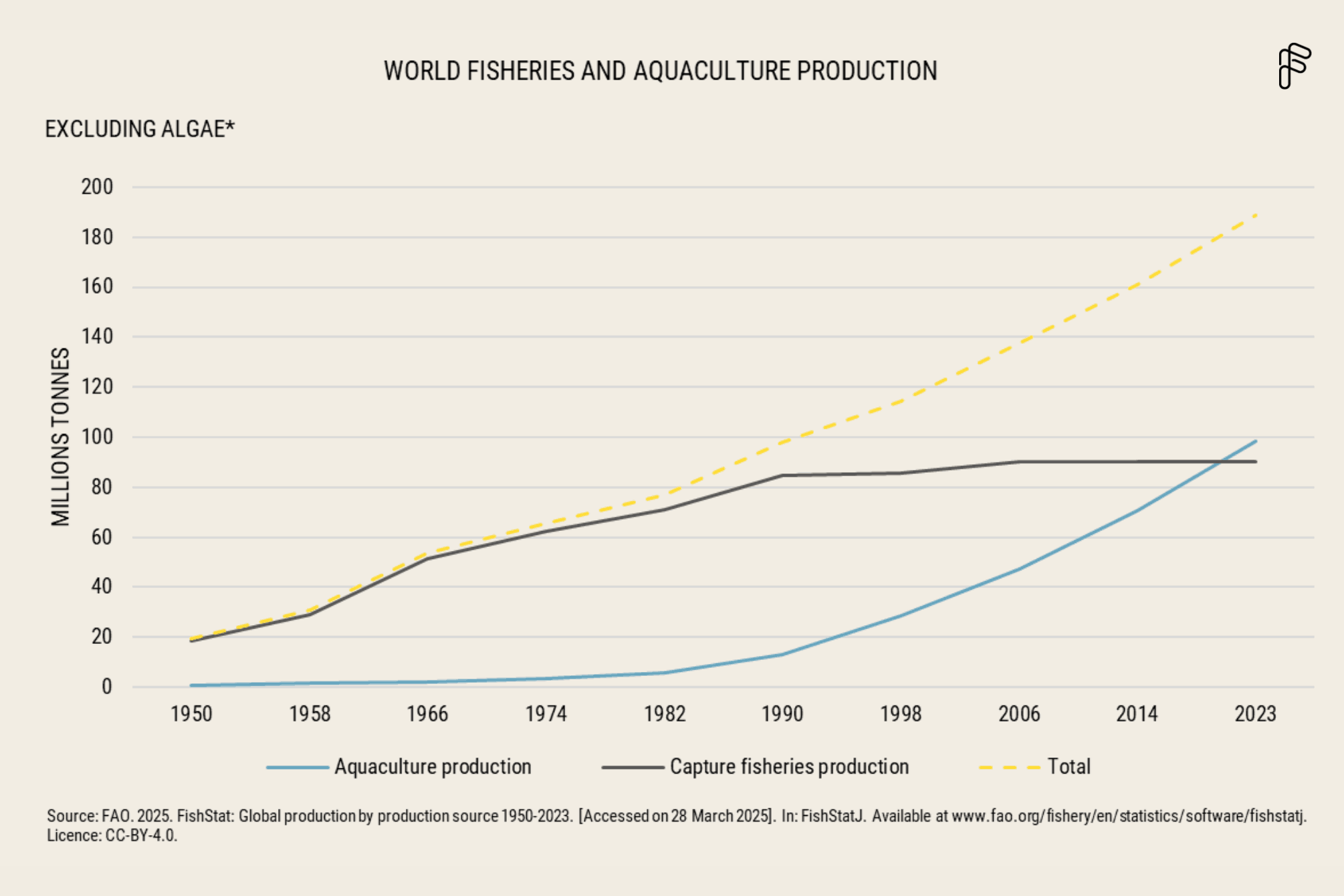
Despite aquafeed’s crucial role in aquaculture's growth, their environmental impact is often overlooked. Fishmeal and soybean meal are the essential ingredients used in aquafeed, and combined, they are responsible for a range of environmental issues:
1. Aquafeed contributes to the bulk of aquaculture's greenhouse gas emissions. Depending on the species that use aquafeed, it can account for between 30.5% to 93% of the total production emissions.
Aquaculture generates 263 million tonnes of CO2 equivalent annually worldwide—a footprint on par with sheep production—and aquafeed shoulders the bulk of this burden. For certain aquaculture products such as Atlantic salmon, aquafeed represents 93% of carbon emissions and 34-47% for white-leg shrimp, underscoring its outsized role.4
2. The production and the use of aquafeed are responsible for eutrophication
The environmental impact of aquafeed manifests in two critical ways: through fertilizer runoff from soybean production and through nutrient leaching in aquaculture operations. Research shows that 50-80% of feed nutrients end up in surrounding waters, triggering a cascade of environmental effects.5 Salmon and rainbow trout's eutrophication potential (EP) is among the highest at 50% and 34%, respectively.6
Image: picture via Canva.com
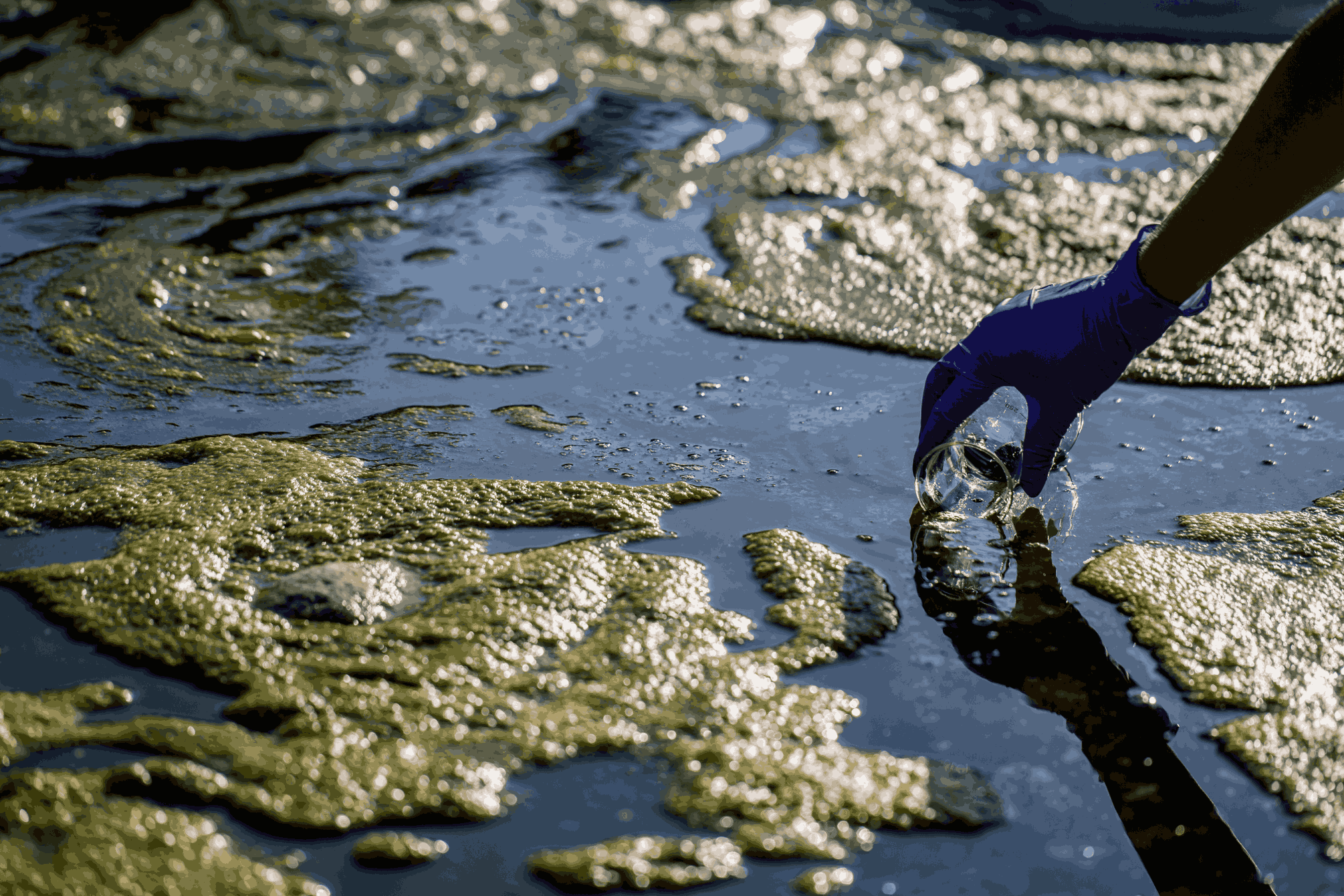
3. Aquafeed production has led to a decline in biodiversity in marine ecosystems – over 30% of fish stocks are now overexploited.
Aquafeed production relies on fishmeal and fish oil produced from forage fish like anchovies and sardines, but this reliance is pushing marine ecosystems to the brink. This has, in part, led to a reduction in forage fish landings, which once peaked at 96 million tonnes in 2018—as well as from the impacts of climate shifts like El Niño and protective policies like harvest caps.7 8 As a result, over 30% of fish stocks are now overexploited.9 If this trend continues unchecked, demand could outstrip ecological limits by 2037, potentially resulting in starving predators and an unstable marine ecosystem.10
4. Massive deforestation—particularly in the Amazon, devastating vital habitats and accelerating climate change.
The substitution of fishmeal and fish oil with plant-based proteins like soybean meal in aquafeeds is linked to global deforestation in countries like Brazil and Argentina. In Brazil, the expansion of soybean plantations is the second largest direct driver of deforestation, covering an area of 562,333ha in 2020. Specifically, the Cerrado region experienced 355,000 ha and 264,000 ha of deforestation associated with soy plantations in 2019 and 2020, respectively, an area almost twice the size of the city of São Paulo.11 12 13 Research showed that the amount of land that’s deforested due to soybean production is approximately 0.6Mha/yr.14
Image: picture via Canva.com
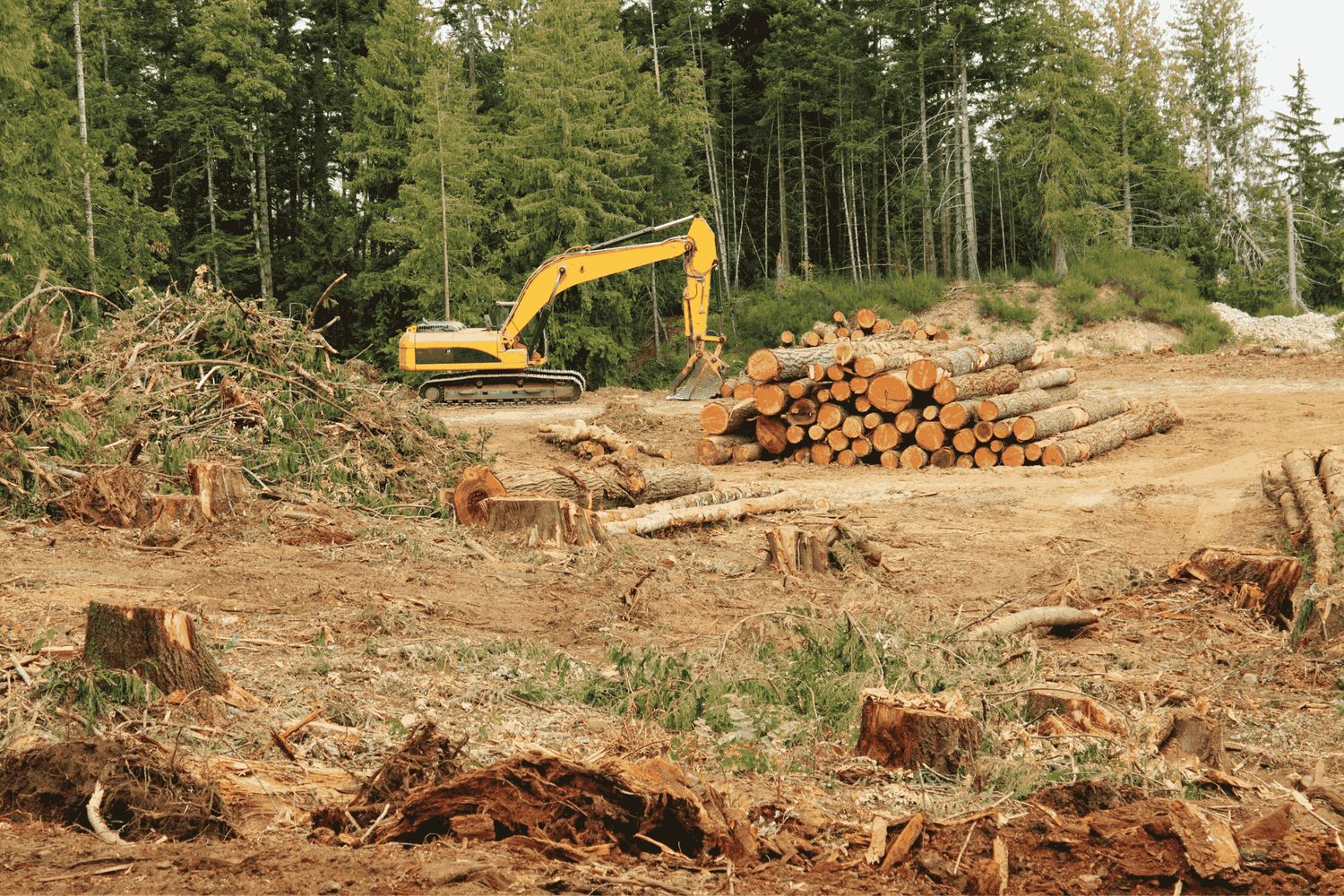
As the demand for aquafeed rises, the environmental issues mentioned will become increasingly significant. It is time to make aquafeed more sustainable through innovation.
With seafood demand set to soar, rethinking aquafeed is inevitable. Aquaculture’s growth relies on feeding fish efficiently, and ultimately, the industry will need another shift toward solutions that could meet rising demands without challenging planetary boundaries.
Novel solutions like insect proteins, single-cell proteins, and algae are under vigorous R&D, with the potential to deliver nutrition while slashing GHG emissions, waste, and land use. Aquafarmers and companies have begun to adopt some of these ingredients, while we have seen a diverse, up-and-coming array of disruptive novel ingredients in the pipeline. This isn’t a distant dream—we must seize these innovations early to secure aquaculture’s future.
Image: picture via Canva.com
